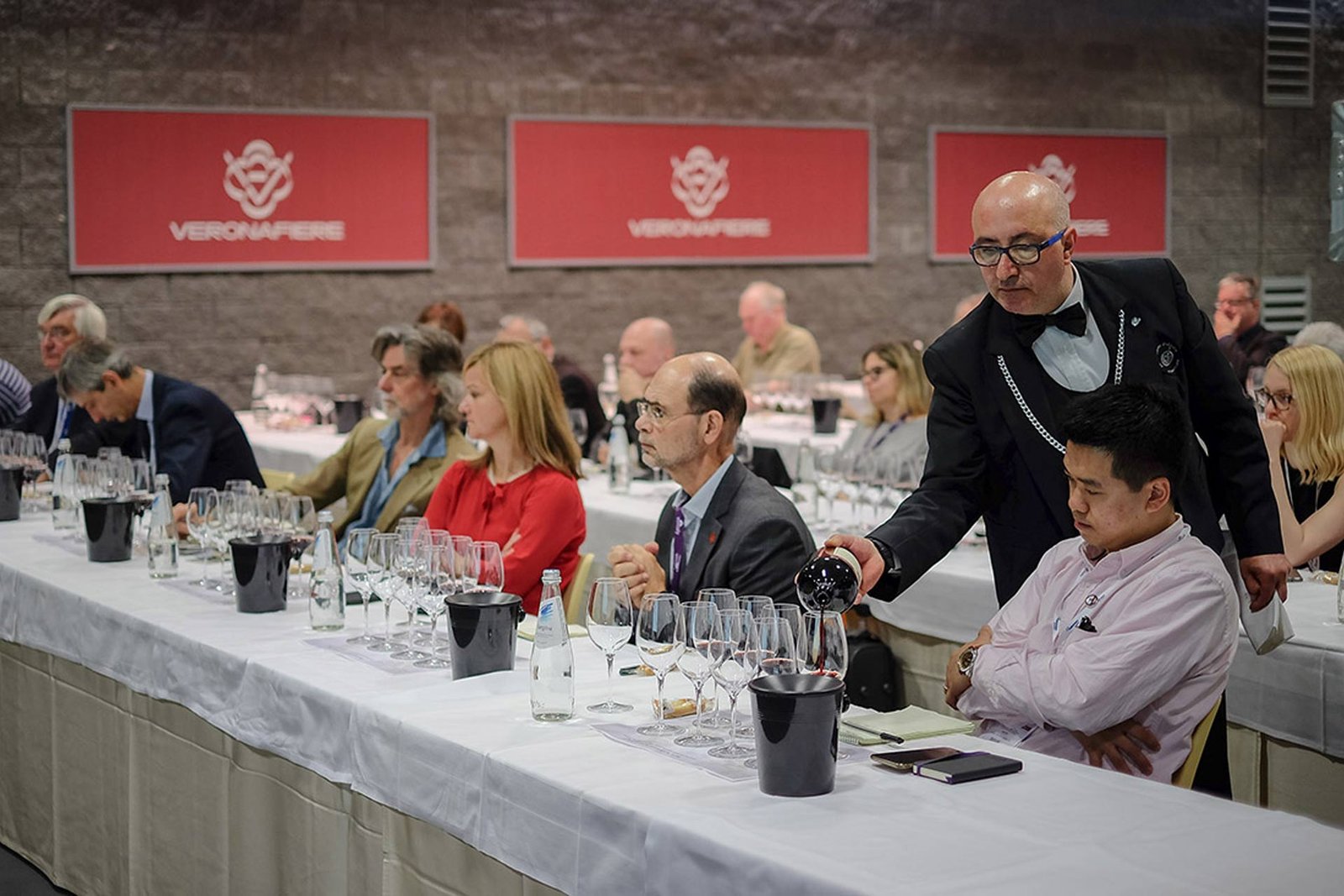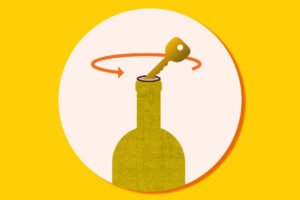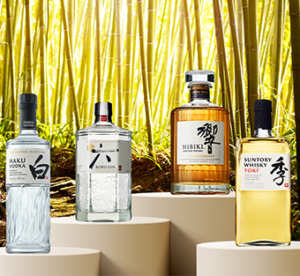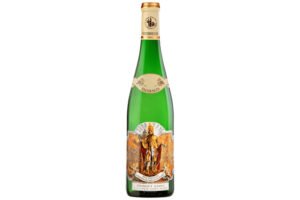After a Two-Year Hiatus, Italian Wine Trade Show Vinitaly Returns

[ad_1]
After a two-year gap due to pandemic-related cancellations, Vinitaly, the trade show for Italian wine, spirits and food, closed out its 54th edition in Verona last week. Overall attendance was down significantly compared to previous years, with a nearly 30% drop compared to the last edition in 2019.
However, Veronafiere, the fair organizer, noted that the 2022 show was geared specifically toward the wine trade, as opposed to both industry and consumers. Several participants found this focus on business valuable.
“We can say we were all surprised by how good it was [for] this year’s edition,” says Alfredo Falvo, owner of Masseria Li Veli in Puglia. “[The] good thing for us, [and] maybe for all the producers, was that for the first time there were less private consumers who visited, so the effort was all focused on the trade and the press. That meant less crowd, less traffic and more productivity.”
Producers were eager to reengage with collaborators and finally have face-to-face opportunities to develop new partnerships.
“After two years without meeting them, we needed to shake their hands, to watch them and create the basis for future projects,” says Andrea Di Fabio, general manager of Cantina Tollo in Abruzzo. “In fact, it was very difficult in the last two years to finalize or get final decisions on new projects, activations or commitments from all markets due to global uncertainty. The human contact, face-to-face meetings or a simple handshake in the past would affirm projects moved forward.”
“Vinitaly is meant to bring people together, and it’s the quintessential networking event for the Italian wine business. We were very happy to be back at it.” —Giuseppe LoCascio, Lucidity Wine Merchants
Foreign buyers made up a record 28% of the total in attendance at the fair, with 25,000 international visitors from 139 countries. Trade members from the United States remained at the top of international attendance, followed by those from Germany, the United Kingdom and Canada.
Many U.S. importers, distributors, wine buyers and members of the media attended the fair in hopes to revitalize business opportunities after two uncertain years.
“These last two years have been challenging in terms of maintaining existing relationships and creating new ones,” says Giuseppe LoCascio, who opened the import company Lucidity Wine Merchants in Sacramento, California in 2021. “There is only so much you can do via video call and we all eventually got tired of conducting business through a screen. Vinitaly is meant to bring people together, and it’s the quintessential networking event for the Italian wine business. We were very happy to be back at it.”

Additionally, many importers were keen to have the opportunity to find ways to grow their portfolios again.
“We have focused on areas and regions where we do not yet have representations, such as Marche, Puglia and Lombardia,” says Nunzio Castaldo, president of Panebianco Wines in New York City. “In addition, we have focused our attention even more on natural and sustainable wines.”
Despite the overarching air of positivity at Vinitaly’s return, many in the trade expressed concerns about the future of the wine business, citing looming global issues that might impact small- and medium-sized wineries the most.
When asked if this year’s Vinitaly could be deemed a success, Castaldo quickly gave a resounding yes. However, he was also quick to note that “if the export of the Italian wines to the U.S. has pulverized all records in the past few years, the outlook for 2022 reveals a worrying picture due to a series of factors that announce a problematic year. The escalation of commodity costs and shipping will inevitably lead to a substantial erosion of margins, which, accompanied by the inflationary spiral, will affect confidence and, therefore, global consumption.”
[ad_2]




